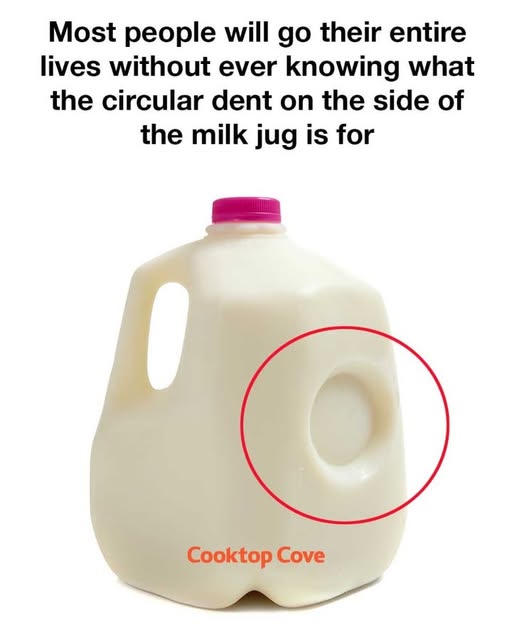Additionally, the dent contributes to the structural integrity of the jug, preventing it from collapsing under pressure. By understanding these functions, consumers can appreciate the thought and engineering that goes into the design of a simple milk jug.
Historical Context: The Evolution of Milk Jug Design
The design of milk jugs has evolved significantly over the years. In the past, milk was delivered in glass bottles, which were heavy and prone to breaking. As the dairy industry grew, there was a need for a more durable and cost-effective solution. The introduction of plastic milk jugs in the mid-20th century revolutionized the industry, offering a lightweight and shatterproof alternative. The circular dent was introduced as part of this evolution, addressing the need for a design that could withstand the rigors of modern distribution and storage.
Reason 1: Structural Integrity and Pressure Management
The circular dent enhances the structural integrity of the milk jug by allowing it to flex under pressure. When the jug is filled, the liquid exerts outward pressure on the walls. The dent acts as a pressure release point, enabling the jug to expand slightly without cracking. This feature is especially useful during transportation, where jugs are stacked and subjected to varying temperatures. By preventing structural failure, the dent ensures that the milk remains safely contained until it reaches the consumer.
see next page
ADVERTISEMENT

